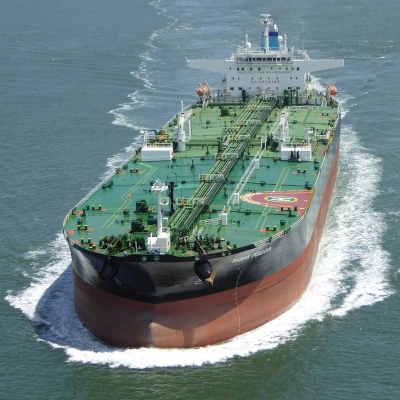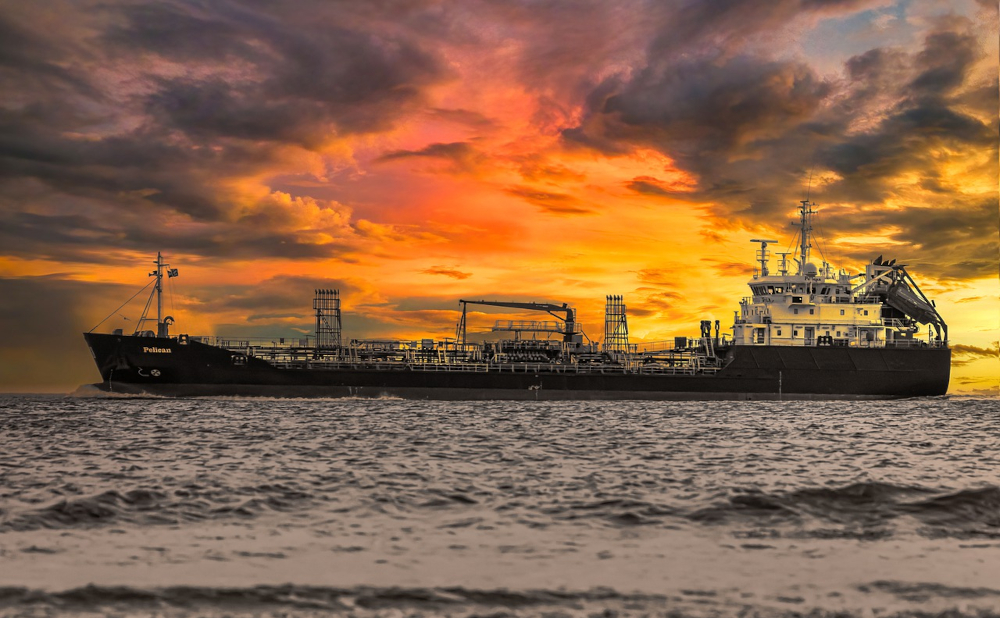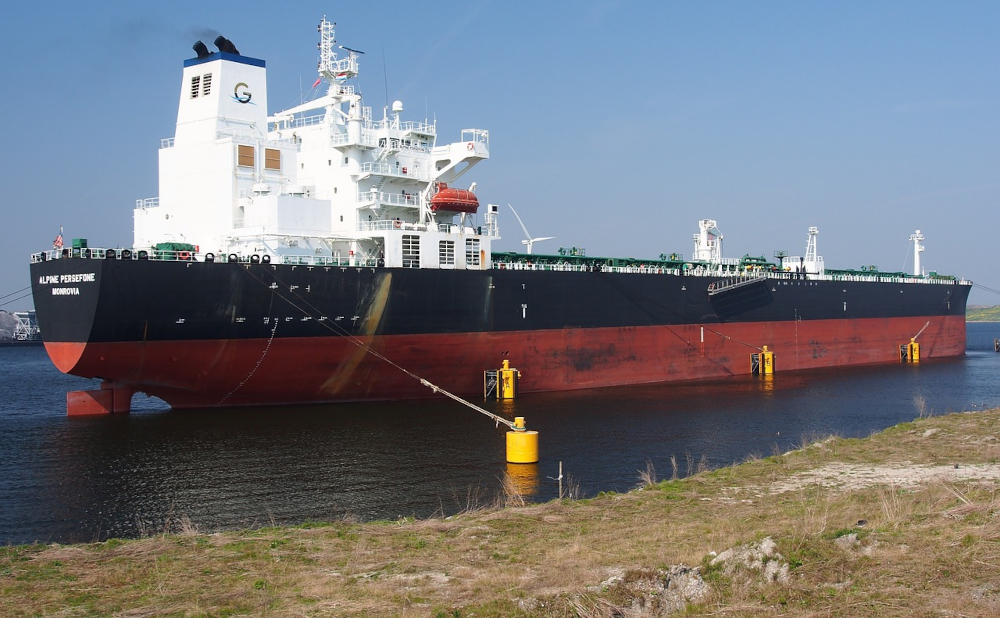How and Why the Sea Levels Rises for Every New Ship Put Into the Water |
 Mystery
Mystery
When a new ship is constructed and launched into the water, it adds weight to the already existing water body. The displacement caused by the ship displaces a considerable mass of water, thereby leading to a rise in sea levels. The amount of water displaced is directly proportional to the ship's size and weight. Hence, larger ships contribute more significantly to the increase in sea levels compared to smaller vessels.
The material used in constructing ships plays a pivotal role in determining its impact on sea levels. Traditional materials like wood and metal have a higher density, leading to greater displacement of water. In contrast, modern ships are often constructed using lightweight materials like fiberglass and carbon fiber. These materials reduce the weight of the ship, thereby decreasing the overall impact on sea levels.
Apart from ship construction, the activities associated with shipping also contribute to the rising sea levels. Shipping involves the transportation of goods, which requires a substantial number of ships constantly moving across the oceans. The frequent movement of vessels leads to additional displacement of water, further contributing to the increase in sea levels.
Yes, shipping activities have several other environmental impacts in addition to the rise in sea levels. The burning of fossil fuels by ships emits significant amounts of greenhouse gases into the atmosphere, contributing to global warming. The release of pollutants such as sulfur oxide and nitrogen oxide from ship exhausts also leads to air pollution and acid rain. Furthermore, accidents like oil spills pose severe threats to marine ecosystems and coastal regions.
To mitigate the impact of ship building on sea levels, several measures can be adopted. One approach is to promote the use of lightweight materials in ship construction, as mentioned earlier. Additionally, implementing strict regulations on ship dimensions and weights can help limit the displacement of water caused by larger vessels.
The shipping industry can adopt several sustainable practices to minimize its environmental impact. These include utilizing alternative fuels like liquefied natural gas (LNG) or electricity to power ships, implementing energy-efficient technologies, and optimizing shipping routes to reduce fuel consumption. Moreover, stricter regulations on emissions can encourage the industry to transition towards cleaner and greener practices.

The rising sea levels caused by ship building and shipping activities are a pressing concern for our planet. By understanding the mechanisms behind this phenomenon and implementing sustainable practices, we can work towards mitigating its impact. The combined efforts of ship manufacturers, shipping companies, and regulatory bodies are crucial in ensuring a balance between maritime activities and the preservation of our oceans. Let us strive towards a future where the sea levels remain stable, allowing both human and marine life to thrive.
Thank you for visiting us. Please visit us again. You are always welcome.
AND:
Remember! At SurfSideSafe, we are here to make your life much better.

Upload☻Create☻Connect
All in one place
And we actually listen
👉 See why people are making the switch